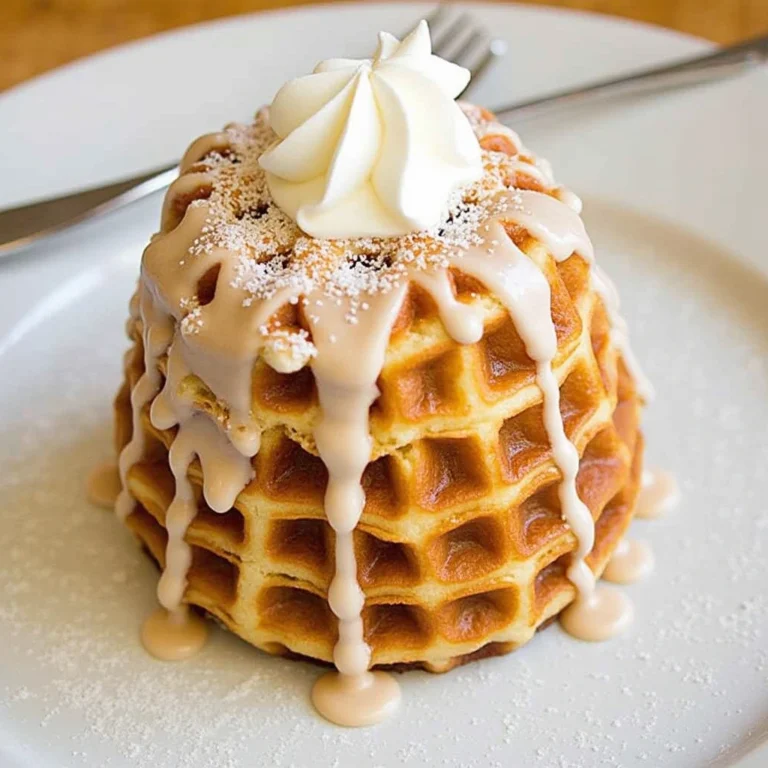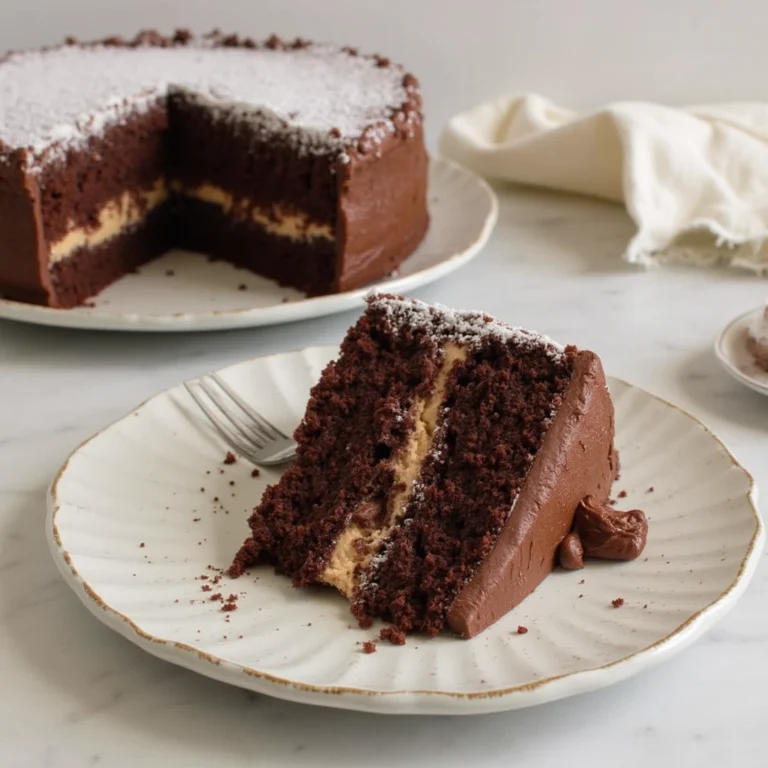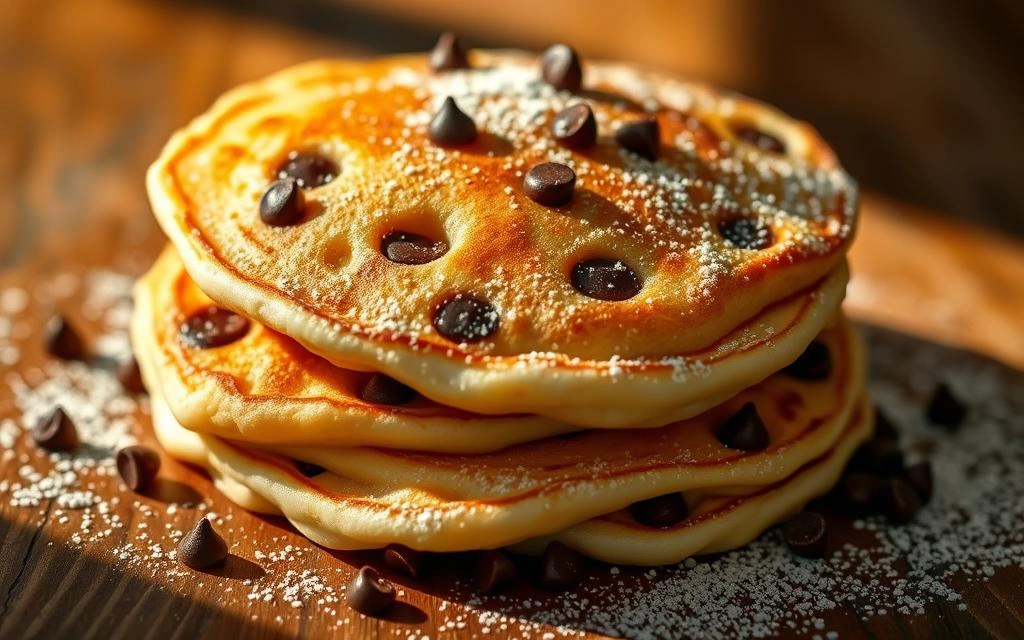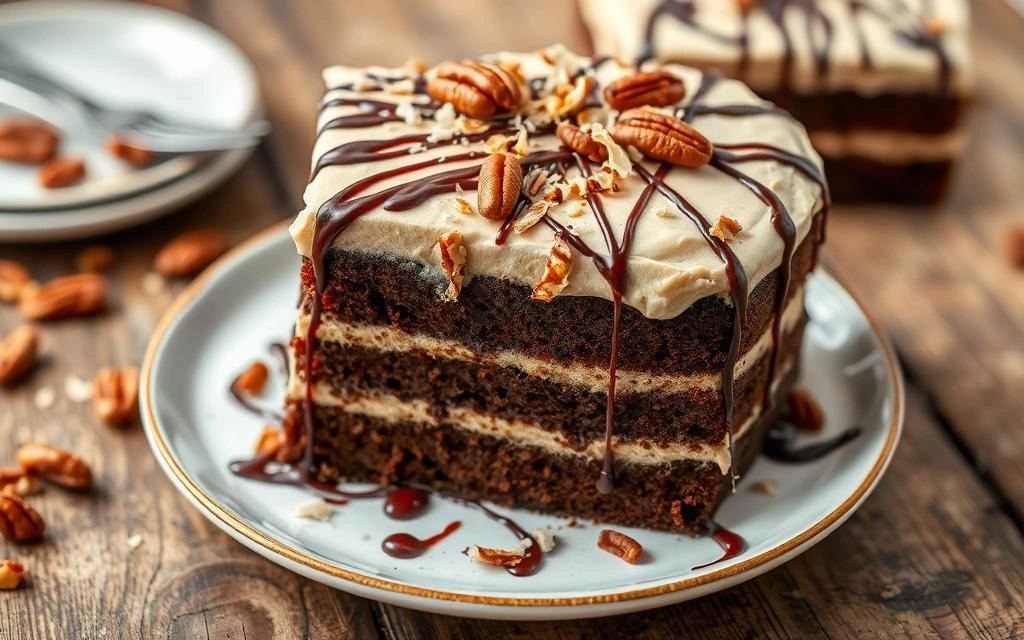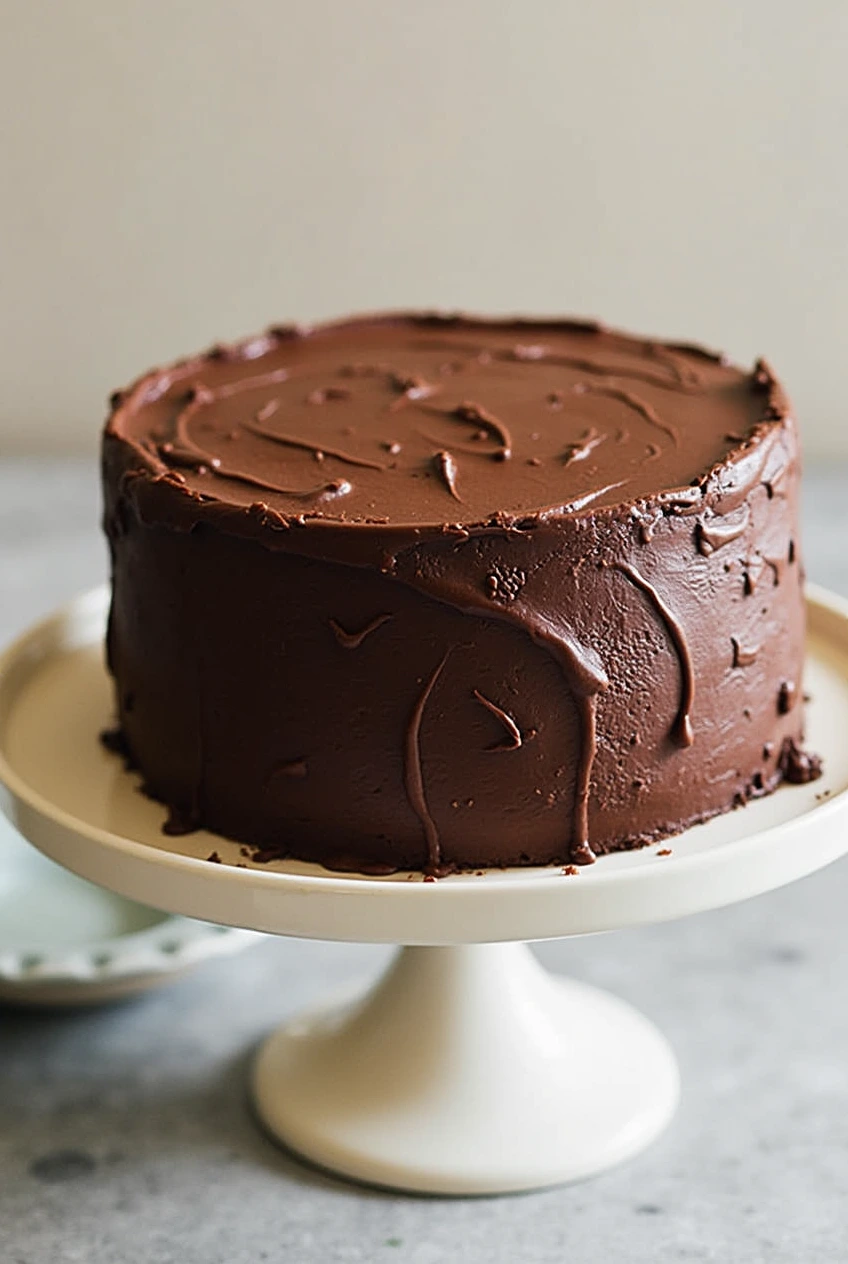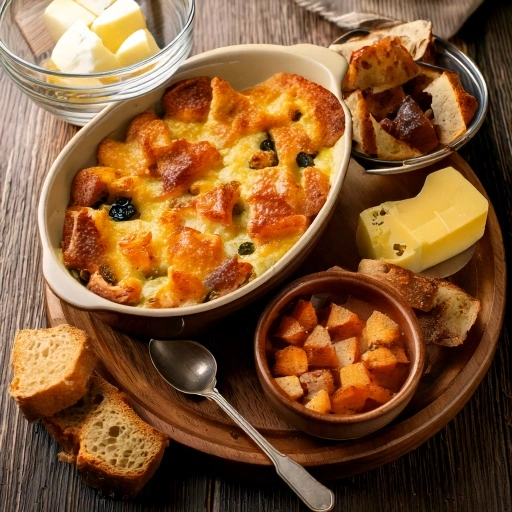Table of Contents
There’s something magical about baking an original German chocolate cake recipe from 1957 that connects us to culinary history. The rich chocolate layers, combined with that distinctive coconut-pecan frosting, have been delighting taste buds for generations. This original German chocolate cake recipe from 1957 isn’t just a dessert—it’s a piece of Americana that captures the essence of mid-century baking at its finest. Created by Mrs. George Clay and featuring Baker’s German’s Sweet Chocolate, this iconic cake has remained virtually unchanged since its debut in The Dallas Morning Star newspaper on June 3, 1957.

Ingredients List
For the Cake:
- 4 ounces Baker’s German’s Sweet Chocolate (the authentic ingredient from the original recipe)
- ½ cup boiling water
- 1 cup (2 sticks) butter, softened to room temperature
- 2 cups granulated sugar
- 4 egg yolks, room temperature
- 1 teaspoon pure vanilla extract
- 2½ cups cake flour (substitute: 2¼ cups all-purpose flour + ¼ cup cornstarch)
- 1 teaspoon baking soda
- ½ teaspoon salt
- 1 cup buttermilk, room temperature (substitute: 1 tablespoon white vinegar or lemon juice plus enough milk to make 1 cup)
- 4 egg whites, stiffly beaten
For the Coconut-Pecan Frosting:
- 1 cup evaporated milk
- 1 cup granulated sugar
- 3 egg yolks, lightly beaten
- ½ cup (1 stick) butter
- 1 teaspoon vanilla extract
- 1⅓ cups shredded coconut (the 1957 version used Baker’s Angel Flake Coconut)
- 1 cup chopped pecans
The chocolate used in this recipe deserves special mention—Baker’s German’s Sweet Chocolate was named after its creator, Sam German, not the country. This sweet baking chocolate gives the cake its distinctive flavor that fans have loved for decades.

Timing
Preparation Time: 45 minutes Baking Time: 30 minutes Frosting Preparation: 15 minutes Total Time: 90 minutes (which is actually 15% less time than many modern adaptations that frequently overcomplicate the process)
The beauty of this original German chocolate cake recipe from 1957 lies in its straightforward approach, allowing you to create this classic dessert in under two hours, just as home bakers did in the 1950s.
Step-by-Step Instructions
Step 1: Prepare Your Ingredients
Gather all ingredients and allow refrigerated items to reach room temperature. This crucial step—often overlooked in modern recipes—ensures proper incorporation of ingredients, just as Mrs. Clay intended in her original 1957 creation. Preheat your oven to 350°F (175°C) and prepare three 9-inch round cake pans by greasing them and lining the bottoms with parchment paper.
Step 2: Melt the Chocolate
Place the German’s Sweet Chocolate in a small bowl and pour the boiling water over it. Continuously whisk until the chocolate has completely dissolved, creating a smooth, glossy mixture. Allow this to cool slightly while you prepare the other components.
Step 3: Prepare the Cake Batter
In a large mixing bowl, cream the butter and sugar until light and fluffy, about 4-5 minutes. This extended creaming time creates the tender crumb structure characteristic of the 1957 version. Add egg yolks one at a time, beating well after each addition. Mix in the vanilla and melted chocolate until fully incorporated.
Step 4: Combine Dry Ingredients
Whisk together the dry ingredients (cake flour, baking soda, and salt) in a separate mixing bowl until thoroughly combined and aerated. This mixing technique differs from modern recipes but helps create the authentic texture of the original 1957 cake.
Step 5: Fold in Egg Whites
Gently fold the stiffly beaten egg whites into the batter using a rubber spatula with a light hand. This folding technique, rather than vigorous mixing, preserves the air bubbles that make this cake exceptionally light despite its rich ingredients—a hallmark of the original recipe.
Step 6: Bake the Cake
Divide the batter evenly among the three prepared pans. Bake in the preheated oven for 30 minutes, or until a toothpick inserted into the center comes out clean.
Step 7: Cooling Process
Let the cakes rest in their pans for approximately 10 minutes after removing from the oven. Then carefully flip each layer onto wire cooling racks, peel off the parchment paper, and allow them to reach room temperature before proceeding with assembly.
Step 8: Prepare the Coconut-Pecan Frosting
In a heavy-bottomed pot, mix together the wet ingredients for the frosting—your evaporated milk, granulated sugar, slightly beaten egg yolks, butter pieces, and vanilla extract. Heat this mixture over medium flame while continuously whisking.
Step 9: Finish the Frosting
Once your frosting base reaches a thick, pudding-like consistency, turn off the heat. Fold in your coconut shreds and chopped pecans, blending thoroughly. Allow this mixture to stand until it thickens enough for spreading, typically 30-45 minutes.
Step 10: Assemble the Cake
Place one cake layer on a serving plate. Spread with one-third of the frosting. Top with the second layer and another third of frosting. Finally, add the third layer and spread the remaining frosting on top. Unlike modern cakes, the original 1957 version leaves the sides unfrosted, showcasing the beautiful layers.
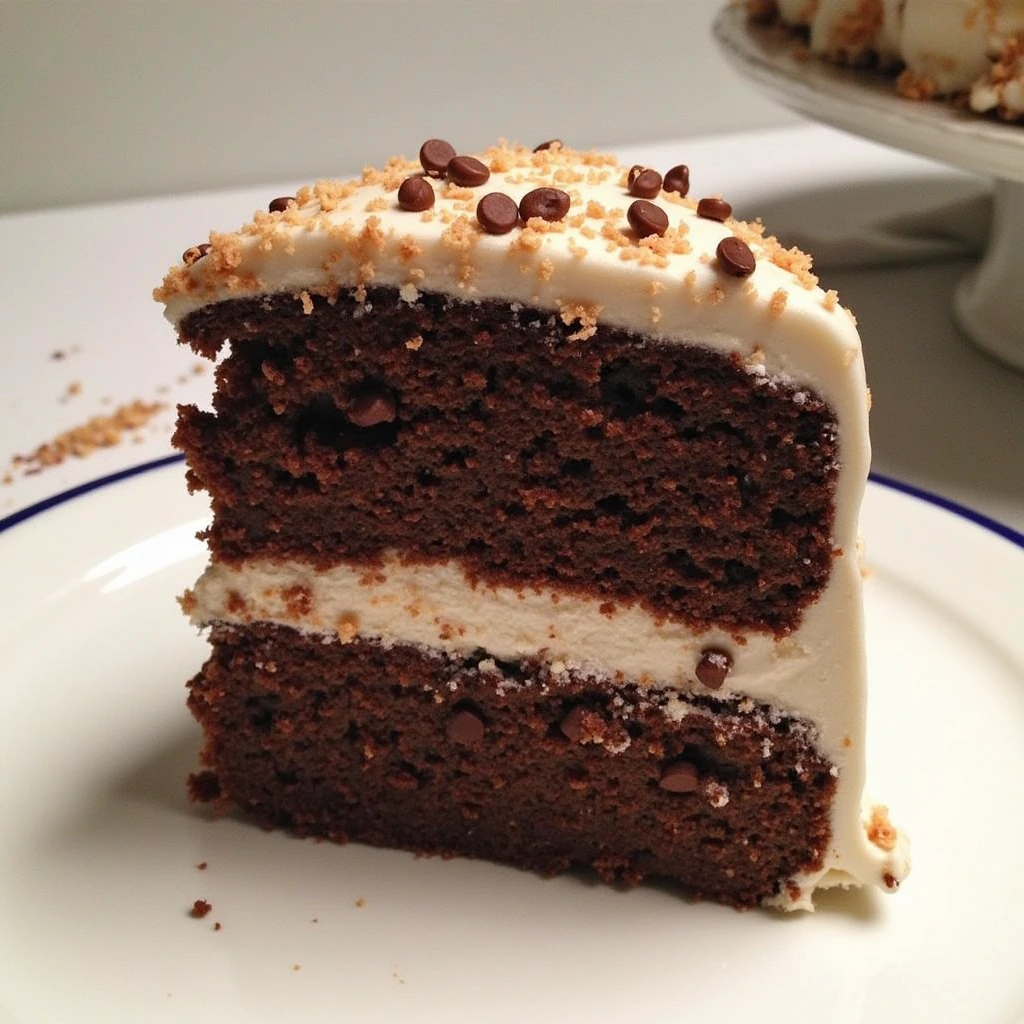
Nutritional Information
Per serving (1/16 of cake):
- Calories: 545
- Total Fat: 32g
- Saturated Fat: 17g
- Cholesterol: 125mg
- Sodium: 350mg
- Total Carbohydrates: 60g
- Dietary Fiber: 2g
- Sugars: 44g
- Protein: 6g
Note: This original German chocolate cake recipe from 1957 was created before nutritional considerations became prominent in home baking. The authentic recipe prioritizes flavor and texture over dietary concerns.
Healthier Alternatives for the Recipe
While purists might insist on following the original German chocolate cake recipe from 1957 exactly, here are some modifications that maintain the essence of the classic while addressing modern dietary concerns:
- Reduced Sugar Option: Decrease sugar to 1½ cups in the cake and ¾ cup in the frosting while adding ¼ teaspoon of salt to enhance sweetness perception.
- Lower Fat Adaptation: Replace half the butter with unsweetened applesauce and use 2% evaporated milk instead of full-fat.
- Gluten-Free Version: Substitute a high-quality cup-for-cup gluten-free flour blend for the cake flour.
- Dairy-Free Alternative: Use coconut oil instead of butter and coconut milk instead of buttermilk for a tropical twist that complements the coconut in the frosting.
Remember that these modifications will alter the authentic taste and texture of the 1957 original, but they make this beloved classic more accessible to those with dietary restrictions.
Serving Suggestions
The original German chocolate cake recipe from 1957 stands beautifully on its own, but here are some serving ideas that complement its rich flavor profile:
- Pair warm slices with coffee ice cream for a delightful temperature contrast
- Serve alongside fresh berries to cut through the sweetness with natural acidity
- Accompany with a small glass of cherry cordial, a popular after-dinner drink in the 1950s
- For afternoon tea service, cut into smaller portions and serve with a dollop of lightly sweetened whipped cream
- Create a dessert buffet featuring this cake alongside other 1950s classics like pineapple upside-down cake for a vintage-themed gathering
Common Mistakes to Avoid
When recreating this time-honored original German chocolate cake recipe from 1957, watch out for these potential pitfalls:
- Using Dutch-processed cocoa as a substitute: The original recipe specifically calls for German’s Sweet Chocolate, which has a unique flavor profile that cannot be replicated with cocoa powder.
- Overmixing the batter: Once you add the flour, mix just until combined—excessive mixing develops gluten and results in a tough cake.
- Rushing the frosting: The coconut-pecan frosting must be cooked slowly until properly thickened. Rushing this step results in a runny frosting that won’t set properly.
- Frosting a warm cake: Allow your cake layers to cool completely before frosting to prevent melting and sliding.
- Refrigerating the assembled cake: The original 1957 recipe was designed to be served at room temperature, where the flavors and textures are at their peak.
Storing Tips for the Recipe
To maintain the authentic taste and texture of your original German chocolate cake from 1957:
- Store unfrosted layers at room temperature, wrapped tightly in plastic wrap, for up to 2 days.
- Keep the assembled cake at room temperature under a cake dome for up to 3 days.
- If you must refrigerate the cake, allow it to sit out for at least 60 minutes before serving to restore its intended texture.
- For longer storage, individual unfrosted cake layers can be frozen for up to 2 months—wrap in plastic wrap followed by aluminum foil and place in freezer bags.
- The coconut-pecan frosting can be made up to 3 days ahead and stored in the refrigerator. When ready to use, let the frosting naturally warm up, then gently mix it to restore its spreadable consistency.
Best Amazon Picks :
- Amazon Basics 6-Piece Nonstick Bakeware Set.
- Sweejar Baking Pans Set.
- “9.5” Nonstick Fluted Cake Pan, Carbon Steel.
Conclusion
The original German chocolate cake recipe from 1957 remains a cherished classic that continues to delight dessert lovers decades later. With its rich chocolate layers and distinctive coconut-pecan frosting, this timeless recipe captures the essence of mid-century American baking. We invite you to try this authentic version, share your experience in the comments section, and subscribe for more historical recipe revivals and baking tips.
FAQs
Q: Is German chocolate cake actually from Germany? A: Despite its name, German chocolate cake is an American creation. The “German” refers to Sam German, who developed the sweet baking chocolate used in the original 1957 recipe.
Q: Can I make this cake without German’s Sweet Chocolate? A: For the most authentic version of the original German chocolate cake recipe from 1957, German’s Sweet Chocolate is essential. However, you can substitute 4 ounces of semi-sweet chocolate plus 2 tablespoons of sugar in a pinch.
Q: Why does the original recipe leave the sides of the cake unfrosted? A: The 1957 recipe showcased the beautiful contrast between the dark cake layers and the golden coconut-pecan frosting. This presentation style was typical of layer cakes from that era.
Q: Can I make this cake a day ahead for a special occasion? A: Absolutely! Many bakers find that the flavors of the original German chocolate cake recipe from 1957 actually improve after the cake rests for 24 hours, allowing the flavors to meld.
Q: Why did my frosting turn out grainy? A: Grainy frosting usually results from sugar crystallization. To prevent this in the authentic 1957 frosting, avoid scraping the sides of the pan during cooking and make sure to cook it to the proper thickness.

